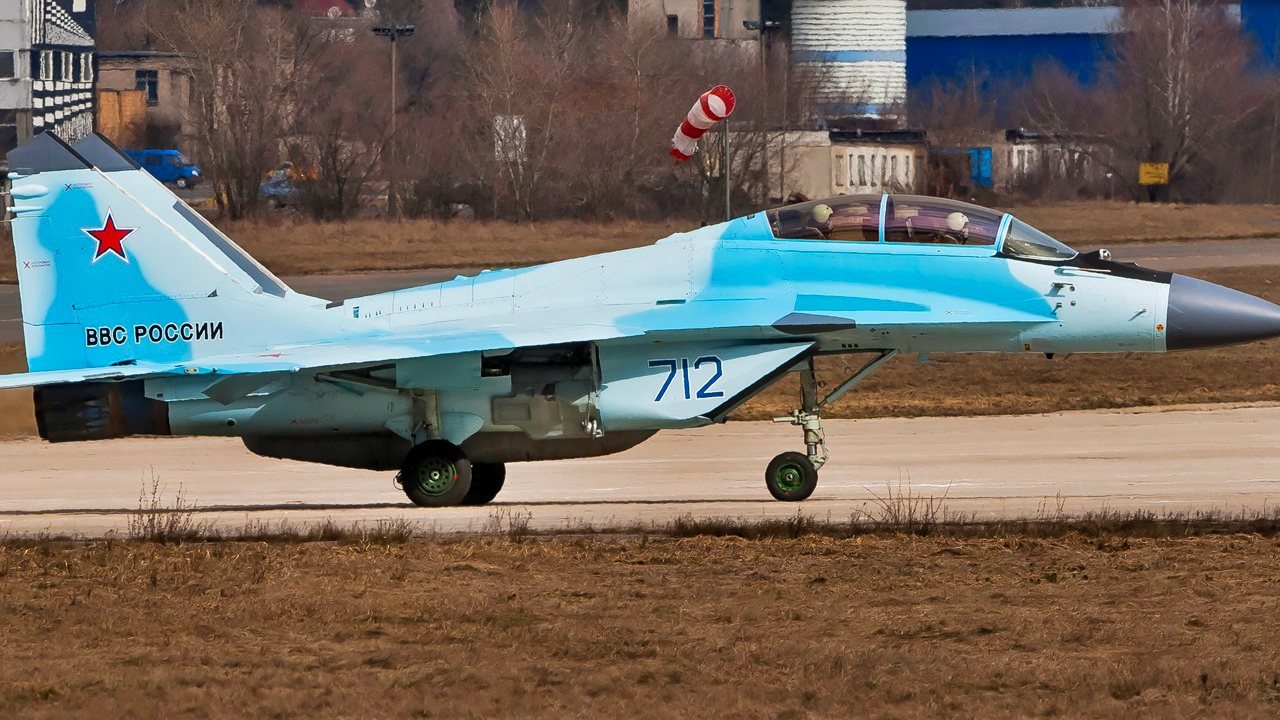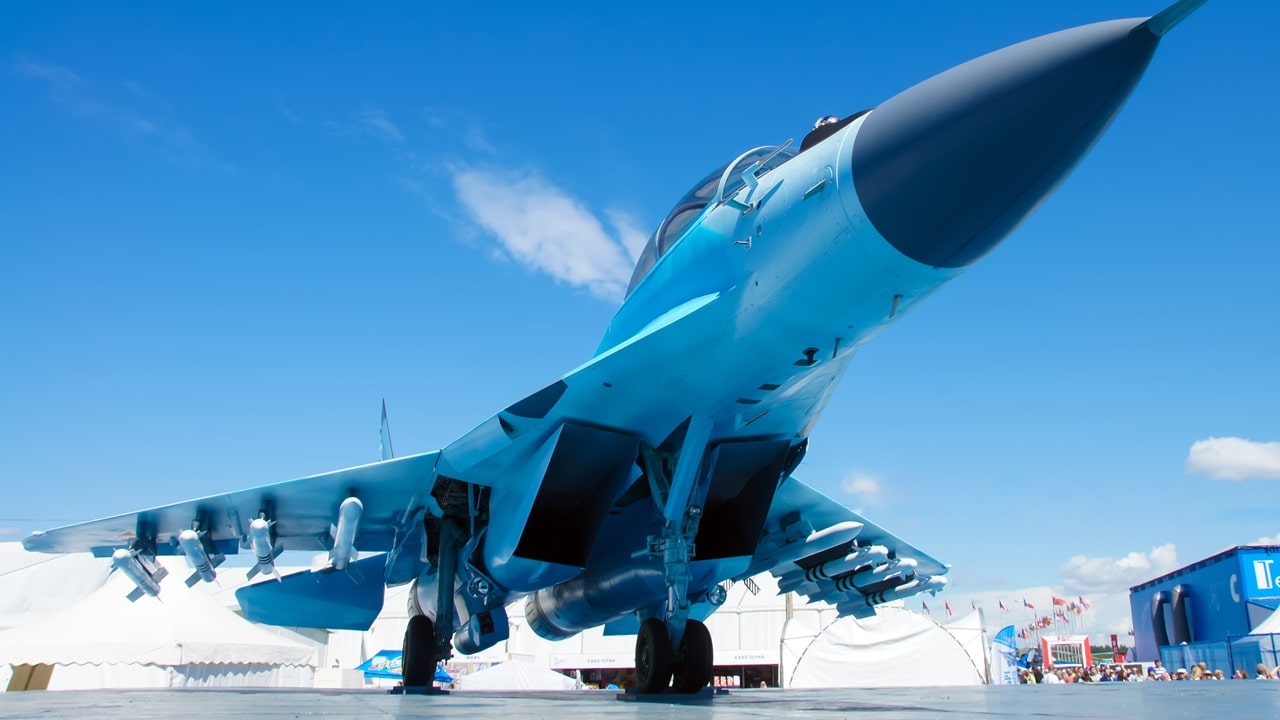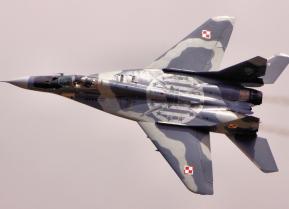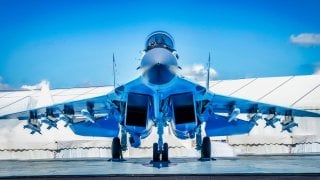MiG-35: The Ultimate Guide to Russia's Great Fighter Failure
Despite being a "fourth generation-plus" fighter with some advanced features, the MiG-35 falls short of being a revolutionary fifth-generation warplane. Mikoyan's challenges have been exacerbated by its inability to mass-produce the MiG-35, significantly impacting Russia's strategic capabilities amidst the ongoing Ukraine conflict.
Summary: The Mikoyan Aircraft Corporation, a once-dominant force in the Soviet defense industry, has faced a steady decline since the Cold War, culminating in the failure of its MiG-1.42/1.44 project. The introduction of the MiG-35 in 2017 was intended to mark Mikoyan's resurgence, positioning it against competitors like Sukhoi. Despite being a "fourth generation-plus" fighter with some advanced features, the MiG-35 falls short of being a revolutionary fifth-generation warplane. Mikoyan's challenges have been exacerbated by its inability to mass-produce the MiG-35, significantly impacting Russia's strategic capabilities amidst the ongoing Ukraine conflict.
Mikoyan's MiG-35: Russia's Fourth Generation Fighter in a Fifth Generation Era
The Mikoyan Aircraft Corporation was once the crown gem of the Soviet defense industrial system. Since the end of the Cold War, though, the company has languished in mediocrity. Their decline was obvious by the time the MiG-1.42/1.44 fifth-generation warplane ended in total failure. Unable to recover, the firm tried to reorganize and adapt to the new, harsher realities of the post-Soviet Russian economy.
The MiG-35, announced in 2017, was supposed to be Mikoyan’s return to greatness.
The MiG-35 certainly has all the promise of being the warplane to bring Mikoyan back to prominence – especially relative to its rival Russian defense contracting firm, Sukhoi. But it is not a fifth-generation warplane. Like the Su-27, it is merely a “fourth generation-plus” bird.
What this means is that for all the publicity the project has received, Mikoyan has not innovated a new warplane. They have simply repeated the pattern of Russia’s military by embracing the previous generation’s technology, but giving it a new face.
MiG-35: What is Fourth Generation Plus?
While at a U.S. Air Force installation recently, I spoke with an F-16 fighter pilot. Many of his colleagues are transitioning over to the F-35 program, and I asked him why that was. There were many reasons given, but as he admitted, the F-16 “is an older plane.”
Mind you, the F-16 is a fourth-generation warplane. It’s an older platform compared to the MiG-35. But fundamentally, they belong to the same family of warplanes.
And as this Air Force officer explained to me, those in the F-16 community are finding it increasingly difficult to keep the bird competitive with the new systems being fielded. Even though the MiG-35 has newer components, it is still a fourth-generation plane that might have to go up against a fifth-generation enemy plane.
Those who say the MiG-35 is more than just a fourth-generation plane might be right. After all, like the F-15EX Eagle II or the Su-27, the MiG-35 has more than the ordinary fourth-generation warplane technologies. It has some fifth-generation components and capabilities that pure fourth-generation systems lack.
Mikoyan’s Difficulties
In any case, Mikoyan has had great difficulty mass-producing the warplane. This harms Russia’s strategic position, especially as the Ukraine War grinds on. They need warplanes, but Mikoyan has yet to deliver more than six of the thirty-seven MiG-35 units that the Russian Defense Ministry ordered.
Many argue that the Ukraine War has drained Russia of key resources. In the beginning it certainly did. But those who continue making this argument ignore that Russia’s industry has thus far managed to survive Western sanctions. What’s more, their economy, while nowhere near as prosperous as the United States, has not collapsed as Western economists had assumed it would after sanctions were tightened.

Even Russia’s aerospace sector has managed to continue acquiring the Western components that so many of its advanced airframes rely on – even though those systems were sanctioned.
Mikoyan’s factories, though, have not produced this warplane in the quantities Russia needs. That’s good for the Ukrainians, who would undoubtedly be killed by these planes. From the Russian perspective, it’s not helpful, as they need every advanced airframe they can get their hands on to end the war in their favor.
The Russians have already invested considerable time and resources into this warplane. The war should have given Mikoyan the push it needed to complete its task.

Therefore, in all probability, the problem is with Mikoyan. This wouldn’t be the first time that Mikoyan fails to deliver. Given the stakes of the Ukraine War, it might well be the last.
About the Author
Brandon J. Weichert, a National Interest national security analyst, is a former Congressional staffer and geopolitical analyst who is a contributor at The Washington Times, as well as at American Greatness and the Asia Times. He is the author of Winning Space: How America Remains a Superpower (Republic Book Publishers), Biohacked: China’s Race to Control Life, and The Shadow War: Iran’s Quest for Supremacy. Weichert can be followed via Twitter @WeTheBrandon.
All images are Creative Commons.


